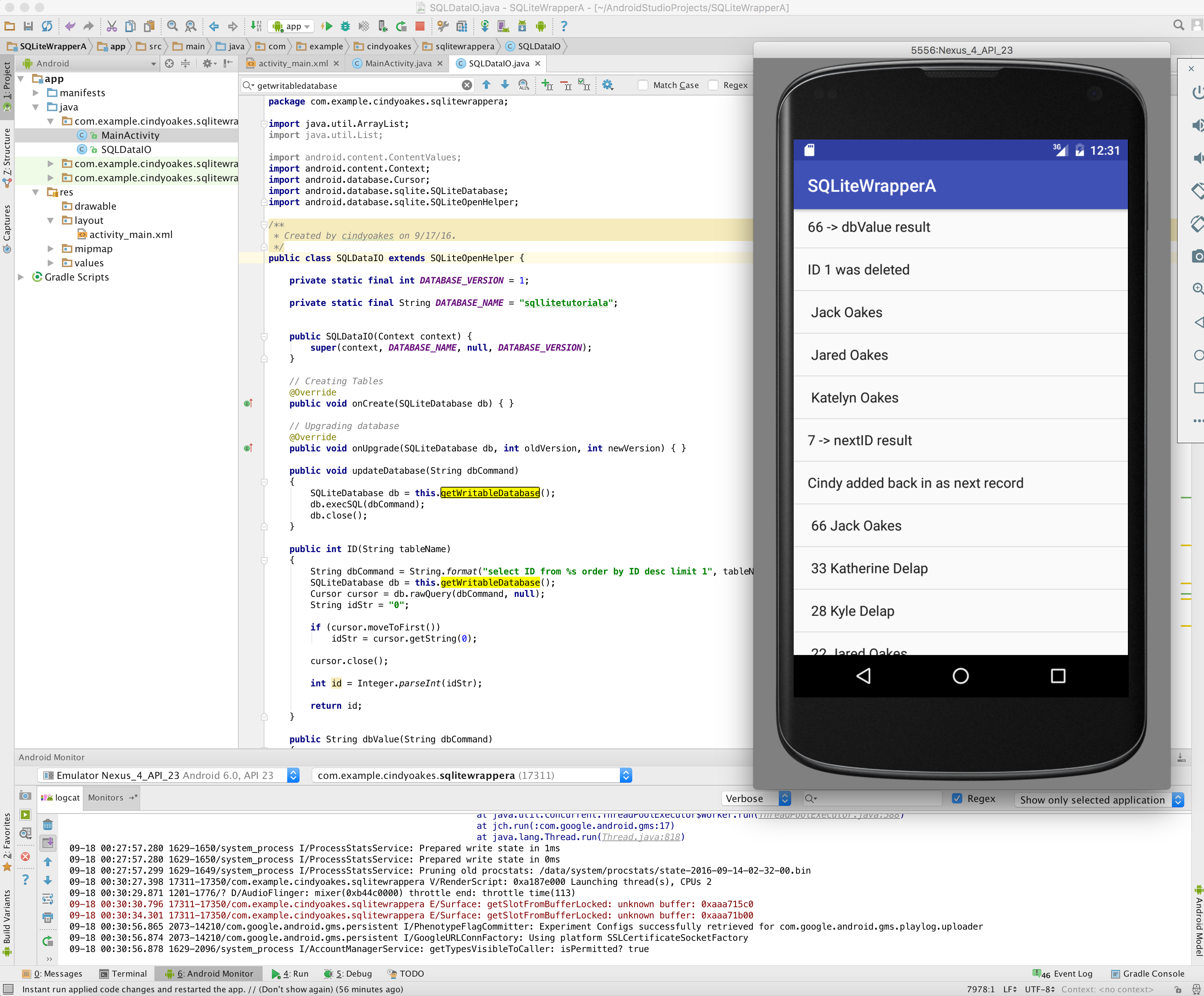

A PWA is easy to build, test, and deploy, not to mention easy to update thanks to its ‘progressive’ nature. It is no surprise that PWAs have taken off big time in a wide range of industries. Progressive Web Applications leverage this dynamism of the new web along with technologies like service worker and web manifest to offer a native app-like user experience that works even without an internet connection. With just HTML, CSS, and a little javascript, anyone could make dynamic web pages. Suddenly, web pages were capable of a lot more, from playing embedded videos to handling real-time requests without any plugins or external dependencies. Not only were these implementations glitchy and inefficient, but they faced serious compatibility issues across different computers.

Developers had to use toolkits like Flash and Java applets to make any sort of interactivity possible. Once upon a time, the internet was mostly composed of static webpages.
#Free android app wrapper how to
This article is going to go into more detail on why you want to build an app, and how to convert a PWA to a native app for iOS/Android – introducing MobiLoud, the best way to convert a site to mobile apps. But the best results come from combining this with an app presence and launching your own app.

They are have higher retention and usage rates, and can be published in the Google Play and Apple App Stores.īuilding a Progressive Web App is a great choice for your web presence. Mobile apps offer a true mobile-first UX. To really optimize fully for mobile users, you’ll want to convert your PWA to a native app for iOS and Android. Progressive Web Apps (PWA) offer a turbocharged mobile user experience. How to Convert a PWA to Mobile Apps for iOS and Android


 0 kommentar(er)
0 kommentar(er)
